Unveiling the Healing Power of GHK-Cu: Latest Research Insights
Introduction
Hello everyone! Today, I want to share some exciting new research on GHK-Cu, a peptide known for its remarkable regenerative and protective properties. GHK-Cu, or Glycyl-L-histidyl-L-lysine copper peptide, has been the focus of numerous studies due to its potential therapeutic benefits. Let’s dive into the latest findings and explore how this peptide might be used in various medical applications.
What is GHK-Cu?
GHK-Cu is a naturally occurring peptide found in human plasma, urine, and saliva. It was first discovered in 1973 by Dr. Loren Pickart, who found that GHK-Cu played a significant role in promoting wound healing and stimulating collagen production4. Since then, researchers have explored its diverse biological activities, including its role in regulating gene expression, reducing oxidative stress, and modulating inflammation.
GHK-Cu and Skin Regeneration
Recent studies have highlighted GHK-Cu’s potential in skin regeneration. Research has shown that GHK-Cu can stimulate the production of collagen, elastin, and glycosaminoglycans, which are essential for maintaining skin structure and elasticity4. Additionally, GHK-Cu has been found to improve skin firmness, reduce fine lines and wrinkles, and enhance overall skin appearance4.
Anti-Inflammatory and Antioxidant Properties
GHK-Cu’s anti-inflammatory and antioxidant properties have also been a focus of recent research. Studies indicate that GHK-Cu can reduce the production of pro-inflammatory cytokines, such as TNF-α and IL-6, and increase the activity of antioxidant enzymes like superoxide dismutase (SOD)5. These actions help protect cells from oxidative damage and reduce inflammation, making GHK-Cu a promising candidate for treating inflammatory-based diseases5.
Potential in Treating Chronic Diseases
GHK-Cu’s ability to modulate inflammation and promote tissue repair has led researchers to investigate its potential in treating chronic diseases. For example, studies have shown that GHK-Cu can aid in the repair of lung tissue in chronic obstructive pulmonary disease (COPD) and reduce fibrosis4. Additionally, its neuroprotective effects are being explored for potential applications in neurodegenerative diseases5.
Conclusion
The latest research on GHK-Cu is incredibly promising, showcasing its potential in skin regeneration, anti-inflammatory action, and treatment of chronic diseases. While more clinical trials are needed to confirm its effectiveness and safety, the current findings provide a strong foundation for future studies. As always, it’s important to consult with healthcare professionals before considering any new treatments.
Thank you for reading! If you have any questions or want to share your thoughts, feel free to leave a comment below.
References:
4: Regenerative and Protective Actions of the GHK-Cu Peptide in the Light of the New Gene Data
5: GHK-Cu Research: Showing Promise With Inflammatory-Based Diseases
I hope you find this blog post helpful! If you need any more information or have other requests, feel free to ask.
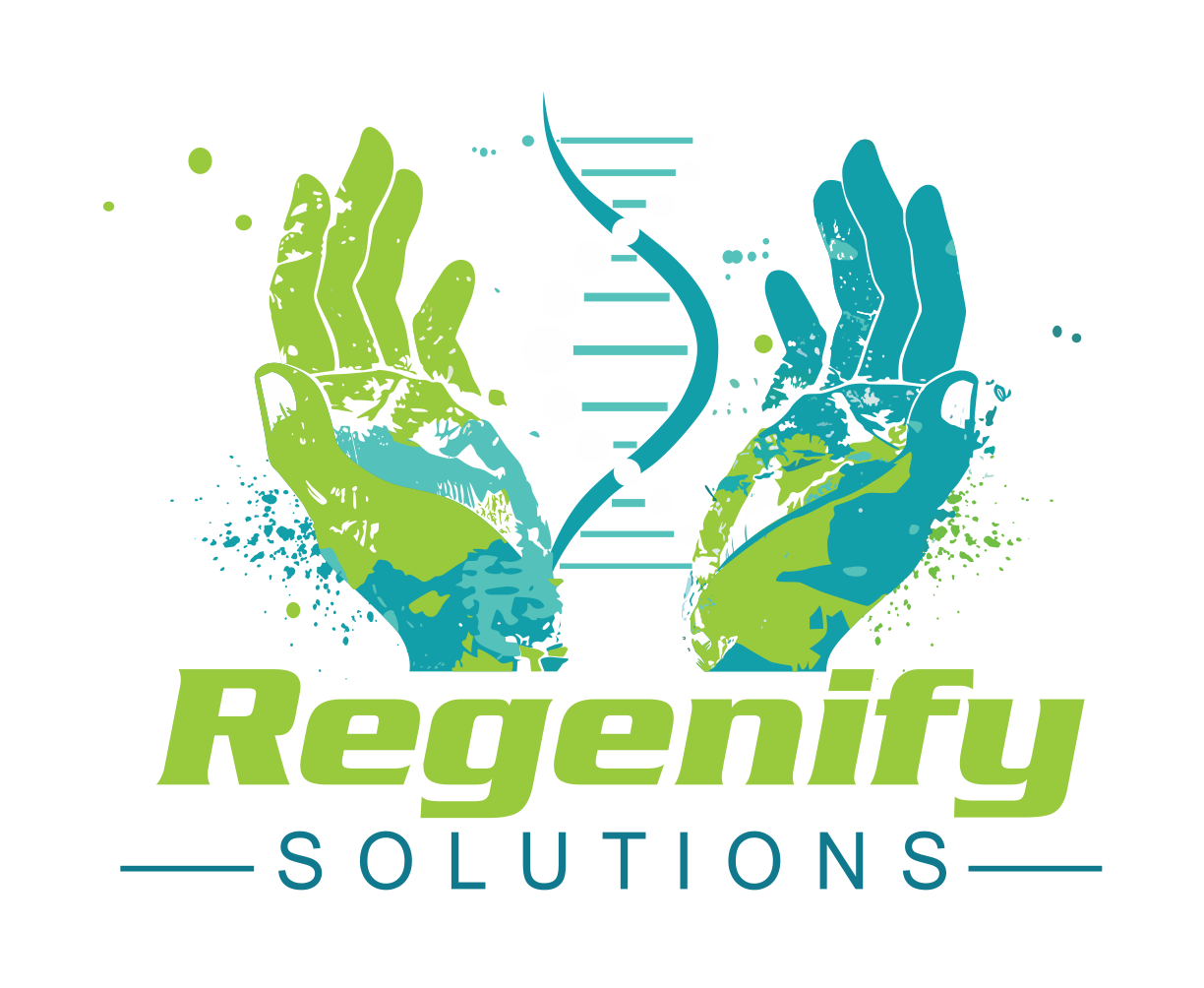
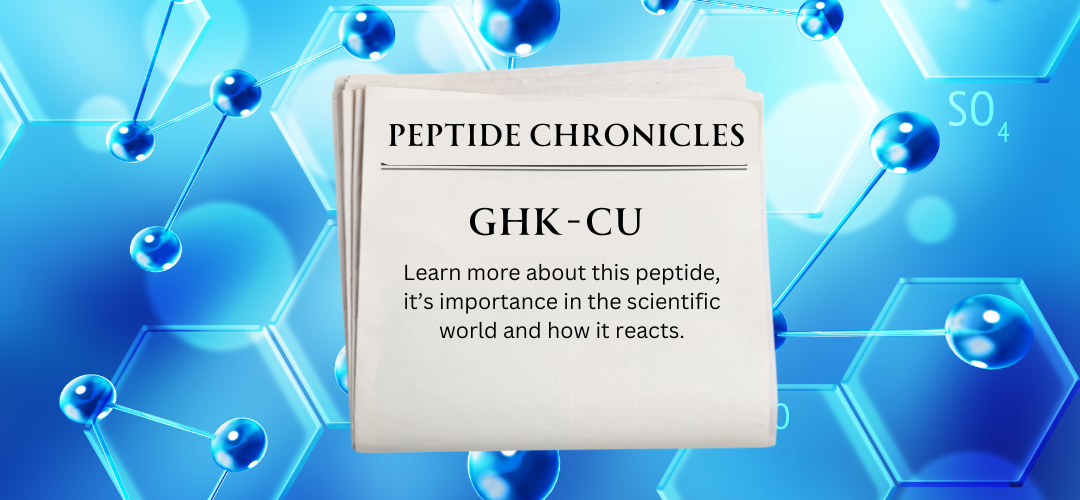
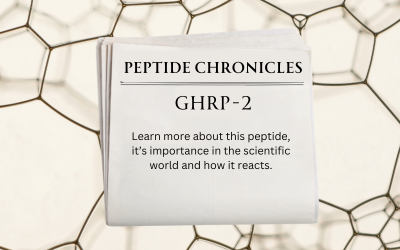
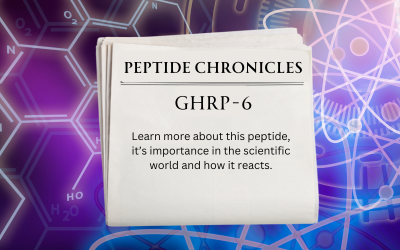
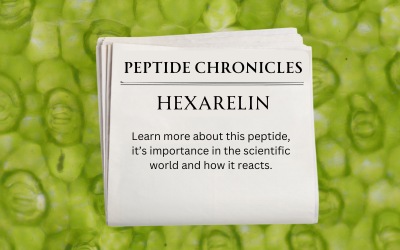
0 Comments